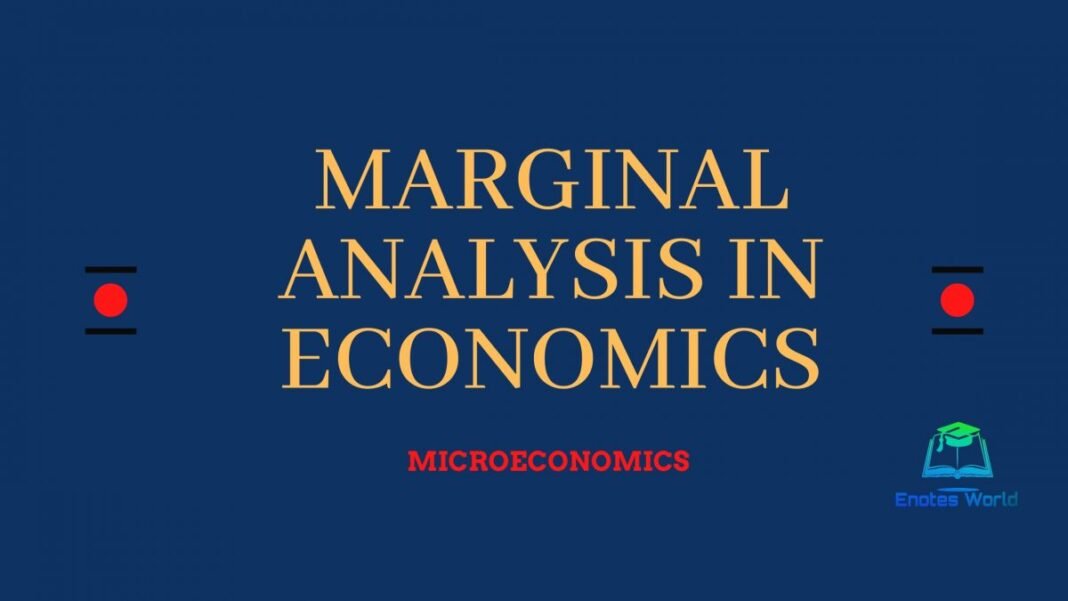In the realm of economics, understanding the concept of average and marginal analysis is crucial for making informed decisions. Aoaamal, a term coined from the first letters of “Average” and “Marginal Analysis,” refers to the combination of these two essential concepts. In this article, we will delve into the meaning and significance of Aoaamal, exploring its applications in various economic scenarios.
Average Analysis
Average analysis is a method used to evaluate the overall performance of a economic entity, such as a firm or an individual, over a specific period. It involves calculating the average value of a particular variable, such as cost, revenue, or output, by dividing the total value by the number of units or periods. Average analysis provides a snapshot of the overall situation, helping economists and decision-makers understand the general trend and performance.
Marginal Analysis
Marginal analysis, on the other hand, focuses on the incremental change in a variable resulting from a small change in another variable. It examines the additional cost, benefit, or output generated by a unit change in a particular factor, such as labor or capital. Marginal analysis is essential for decision-making, as it helps economists and policymakers evaluate the effectiveness of a particular policy or investment.
Combining Average and Marginal Analysis: Aoaamal
Aoaamal combines the strengths of both average and marginal analysis, offering a comprehensive understanding of economic phenomena. By examining both the average and marginal values of a variable, economists can gain valuable insights into the overall performance and the incremental changes that occur.
Applications of Aoaamal
Aoaamal has numerous applications in various economic fields, including:
-
Cost-Benefit Analysis: Aoaamal is used to evaluate the costs and benefits of a project or policy, helping decision-makers determine whether it is worth investing in.
-
Supply and Demand: Aoaamal is applied to analyze the average and marginal values of supply and demand, enabling economists to understand market equilibrium and make predictions about future market trends.
-
Production and Efficiency: Aoaamal is used to optimize production levels and evaluate the efficiency of firms, helping managers make informed decisions about resource allocation.
-
Investment Decisions: Aoaamal is employed to assess the average and marginal returns on investment, enabling investors to make informed decisions about their portfolios.
Conclusion
In conclusion, Aoaamal is a powerful tool for economists and decision-makers, offering a comprehensive understanding of economic phenomena. By combining average and marginal analysis, Aoaamal provides valuable insights into the overall performance and incremental changes in economic variables. Its applications in various fields make it an indispensable concept in the realm of economics. As we continue to navigate the complexities of the global economy, the importance of Aoaamal will only continue to grow.




